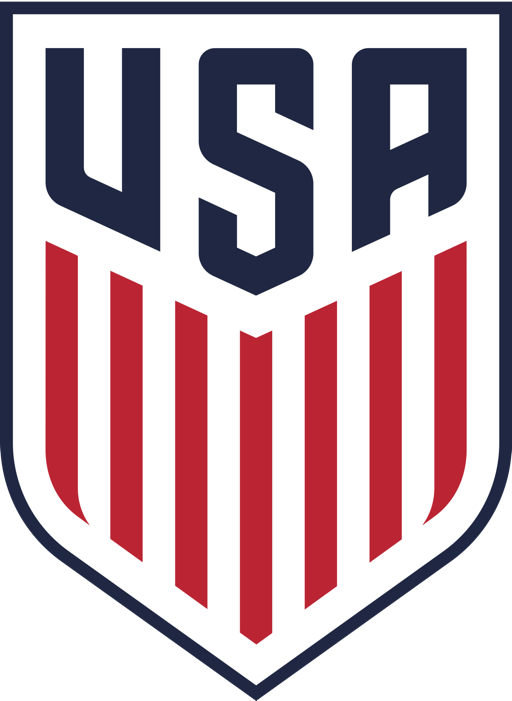If you are new to the game as a coach, one of the smartest things you could do is to start training your players using a series of drills in a triangle formation. These exercises were popularized by the Dutch, and have been utilized by coaches all over the world.
Many of the Dutch teachings can be credited to Rinus Michels, who led Holland to the World Cup final in 1974 and to a Euro championship in 1988, was an innovator who helped create “total football” during the ’60s and ’70s. It was a system of play that encouraged players to attack from all areas of the field, including from the fullbacks, and to keep possession of the ball by making frequent passes all over the field.
From the most basic set of tasks with the ball to complicated movements involving several different players, Dutch triangles are able to drive home such fundamentals during a training session.
One of the more elementary drills, yet one of the more important ones, can be taught to young players who are fairly new to the game. Coaches should set up a series of cones in a triangle shape with the cones spaced anywhere from 10 to 20 yards apart. Two or three players should be at each cone to start with only one ball needed at the beginning.
The exercise starts by Player A passing to Player B with the inside of his foot. The ball should be played crisply on the grass/turf as though it was a pass being made in an actual game. Before Player A makes the pass, Player B should check away two or three steps behind him before moving forward to receive the pass with forward momentum. Player B receives the pass with his right foot and pushes the ball to his right behind the cone. While this is going on, Player A simply follows his pass and moves to the next cone in back of the players already waiting there in line. Player B then continues the exercise by playing the ball with his right foot to Player C, who then plays the ball to Player A to complete the triangle.
Once the players have mastered this technique and are warmed up a bit, the coach should add a second ball to the exercise. This will force the players to play even quicker because the lag time between receiving and passing the ball will be minimal. Coaches should also switch the direction of the ball after a few minutes of play during each exercise to ensure that players are using both feet.
Second Variation
To add more interplay between the players involved in the exercise, an extra pass is added. When Player A passes to Player B, he should follow his pass to receive a ball back on the ground on a one-timed ball that has been cushioned. As Player A moves to the ball, Player B shuffles back and to his right to mimic the off-the-ball movements to create separation after a pass during the game. Once Player B has moved around his cone and towards Player C, Player B plays an angled ball to Player B to meet him in stride. Player B then hits a one-timed ball to Player C and continues on with the exercise just as Player A did.
As was the case in the first exercise, two balls can be added to the mix to force the players to play quicker.
Third Variation
This is similar to the second variation except for the fact that Player A doesn’t play the ball back to Player B after the first pass. Instead, Player A takes the touch from Player B and hits an angled ball on the ground to Player C. While the ball is traveling to Player C, Player B peels away his run just as he did in the second variation of this exercise. But rather than receive the ball in space from Player B, he receives a one-timed ball from Player C, and then hits the same angled ball to Player A while Player C checks his run away and follows the ball to receive it for his next pass.
Fourth Variation
To move on to the next level of this exercise, it’s important that the cones are spaced out at least 20 to 30 yards apart. Rather than three players being involved in the exercise at one time, six players are needed. In addition to the three players at the front of the line at each cone, three players are stationed inside the triangle, each seven or eight yards away from one of the cones.
This will look a bit like the second variation, which involved the player at each cone to cushion the incoming pass before peeling away to receive the ball in front of him. Rather than Player A receiving the ball back and making the pass to Player B into space, the corresponding player inside the triangle at each cone becomes the one who receives the cushioned ball and plays it back to Player B. The players inside the triangle can remain in the same position, making them a part of the exercise continually for as long as they can before a switch is needed. The players on the outside of the cones continue to switch between the cones after making their final pass.




